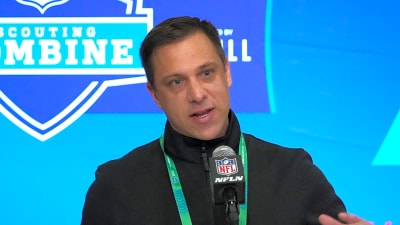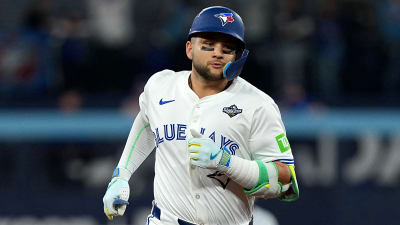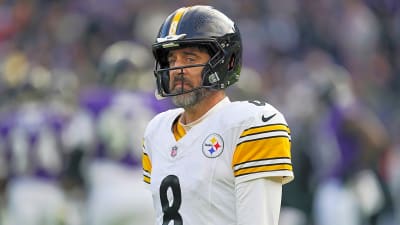
Pirates once again show they're not serious about winning
The Pittsburgh Pirates are a sham. They are a fraudulent, directionless professional sports franchise that does not have any serious aspirations for winning, and continue to be a black eye and stain on Major League Baseball as a whole.
They showed that again leading up to the 2025 trade deadline on Thursday.
It's not a surprise that the Pirates were sellers. That was always going to be a given based on their record (47-62) and placement in the National League standings.
But that's not necessarily the biggest problem with what they did under the leadership — if you can call it that — of general manager Ben Cherington over the past couple of weeks.
The problem is that they are even in this position to have to sell.
Not only is this Cherington's sixth season running the Pirates (more than enough time to establish some sort of competitive core), but they have a player in Paul Skenes that is, at worst, the second-best pitcher on the planet, and on some days he might be the best. They have already wasted the first two years of his career through a lack of spending from ownership and incompetence from Cherington's baseball operations crew.
They did nothing over the offseason to build around Skenes, and now that the season has gone in its expected direction, it was time for the Pirates to again sell off their pieces for some lottery tickets and magic beans. But they could not even do that right.
The Pirates keep trying to deliver a message that they want to compete as soon as possible, and especially for the couple of years that they still have Skenes on their roster. Perhaps even as soon as 2026.
But nothing that the Pirates have done over the past 12 months, and nothing that they did this week, makes any of those empty words believable. It makes those words a joke.
By trading closer David Bednar, left-handed starter Bailey Falter, third baseman Ke'Bryan Hayes and reliever Caleb Ferguson, all the Pirates did was make the 2025 and 2026 teams weaker, while also bringing back almost nobody that will contribute anytime soon.
Bednar was the most valuable trade chip they moved, and in a year where elite closers — which Bednar certainly is — were going for extremely high prices, all the Pirates could pry away from the New York Yankees was a 24-year-old catcher (Rafael Flores) who only has Triple-A games under his belt and does not project to be an above-average starter, and two A-ball prospects. Bednar was also still a full year away from free agency.
Falter still had three years of team control and has been an average to above average starting pitcher the past two seasons for the Pirates, posting a combined WAR (Wins Above Replacement) of 2.9. They traded him for a veteran reliever (Evan Sisk) and an undrafted prospect (Callan Moss) that was not even among the Kansas City Royals' top prospects.
Hayes may not hit, but he is arguably one of the best defensive player in baseball regardless of position. His glove is so good he is still generally a plus player despite the lack of a bat. Trading Hayes wasn't about getting shortstop prospect Sammy Stafura, it was about shedding the remainder of the $36M they owed him.
They traded positive, contributing players and did not get a single player that will make an immediate impact or any top-tier or upper-level prospect.
While doing that, they also somehow managed to not trade their pending free agents (Isaih Kiner-Falefa, Tommy Pham and Andrew Heaney) that will be leaving in a few months for nothing in free agency.
A lot of money will be coming off the books, which has to be music to owner Bob Nutting's ears, especially when he does not invest any of it back into the roster.
That is the only thing you can take away from any of this. It was all about saving money. Savings from not paying Hayes. Savings from not having to pay Bednar or Falter in arbitration.
Winning games? That is only a secondary concern for the Pirates. Which is why they are a bottom-tier franchise.
More must-reads:
- Pirates get solid return for disappointing former top prospect
- Royals acquire grandson of Hall of Famer in last-minute trade
- The 'AL and NL MVPs since 2000' quiz
Breaking News
Trending News
Customize Your Newsletter
 +
+
Get the latest news and rumors, customized to your favorite sports and teams. Emailed daily. Always free!








